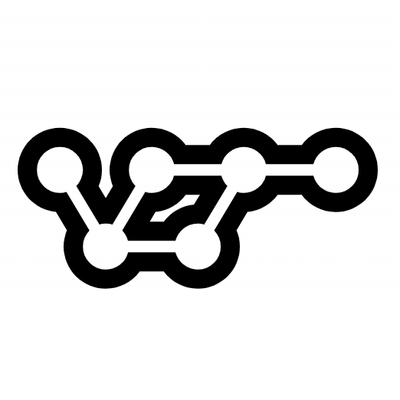🧙 ContactMagic
What is ContactMagic?
ContactMagic is a wrapper around Copyfactory and
SalesScrapers to build programmatic workflows that enrich contact data
and create personalized and engaging messaging.
With ContactMagic, you can programmatically:
- Enrich people and companies with hard to find datapoints such as case studies, news announcements and more.
- Build your own custom scrapers in a few lines of code (Soon)
- Bulk personalize and enrich data with as many datapoints as you need.
- Create custom personalization templates.
- Manage and run personalization workflows for clients at scale (contact eric@copyfactory.io to learn more)
Before you install
ContactMagic was designed with concurrency in mind. All operations make use of Asyncio to accelerate the process. You
can set the number of concurrent workers in the settings.
Before installing, you should also ensure that you have a registered account with Copyfactory
and SalesScrapers as API keys for both services is required.
Rate limit and error handling
There is no need for you to handle rate limits (429 HTTP status error). The library handles rate limits automatically.
Configuration
A 'SETTINGS' variable is exposed from the settings.py file which reads from your environment to set API key values.
Here are the current settings you should have in your .env file or environment.
COPYFACTORY_API_KEY=''
SALES_SCRAPERS_API_KEY=''
MASTERSHEET_URL=''
GOOGLE_PROJECT_ID=''
GOOGLE_PRIVATE_KEY_ID=''
GOOGLE_PRIVATE_KEY=''
GOOGLE_CLIENT_ID=''
GOOGLE_CLIENT_EMAIL=''
TIMEZONE="America/New_York"
ALLOWED_SCRAPER_NAMES='["get-case-study", "get-company-achievement", "get-company-description", "get-company-announcement", "FALLBACK", "search-google"]'
MAX_WORKERS='5'
If you are not using the agency workflows and just want to use the underlying PersonalizationSetttings objects you only
need to set the following environment variables.
COPYFACTORY_API_KEY=''
SALES_SCRAPERS_API_KEY=''
ALLOWED_SCRAPER_NAMES='["get-case-study", "get-company-achievement", "get-company-description", "get-company-announcement", "FALLBACK", "search-google"]'
MAX_WORKERS='5'
Usage & Examples
The core underlying model you will be using is 'PersonalizationSettings' which is responsible for understanding what
you want to scrape and how you want to personalize.
from contact_magic import PersonalizationSettings
import pandas as pd
data = [
{
"col_name": "personalized_field1",
"allowed_scrapers": [
{
"scraper_name": "get-case-study",
"premise_url": "https://app.copyfactory.io/profiles/1065/premises/7478/"
},
{
"scraper_name": "another-scraper",
"premise_url": "https://app.copyfactory.io/profiles/1065/premises/7478/"
}
],
}, ...
]
settings = PersonalizationSettings(datapoints=data)
dataframe = pd.read_csv("my_csv_file.csv")
personalized_dataframe = settings.process_from_dataframe(dataframe)
What happens when we run process_from_dataframe?
- The dataframe is extended with new columns. For each 'col_name' in the list of datapoints you provided a new
column with the name you set for 'col_name' and another one for the source which is 'source__{col_name_value}' is added.
- In our example above, the columns created would be 'personalized_field1' and 'source__personalized_field1'.
- For each datapoint, the list of 'allowed_scrapers' is iterated on and SalesScraper tries to find the data, if it does
it sends the scraped data to Copyfactory to generate a personalized sentence.
- The source from SalesScrapers is set for that datapoints source column, and the personalized sentence is set on the
datapoints column name.



